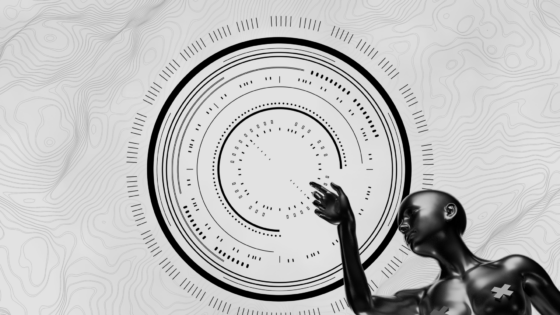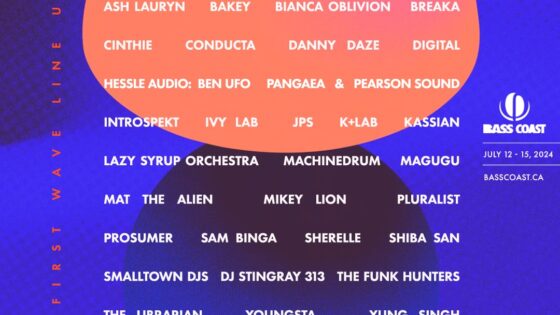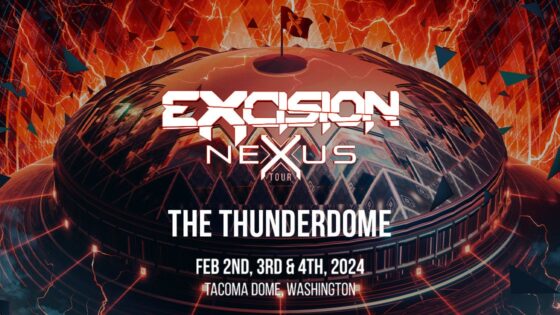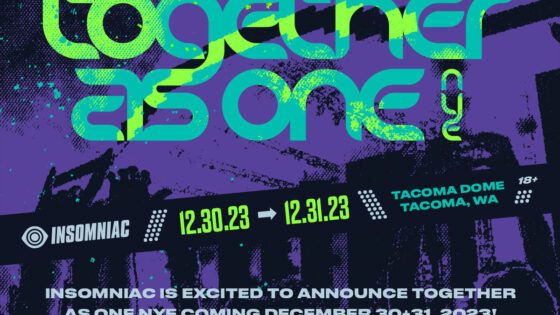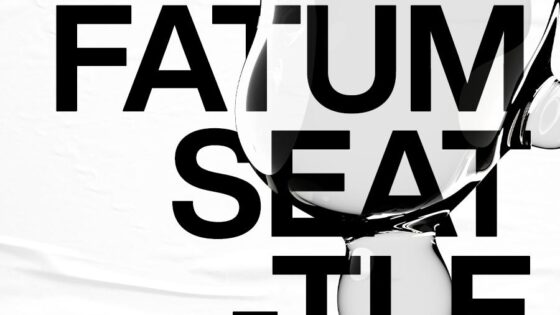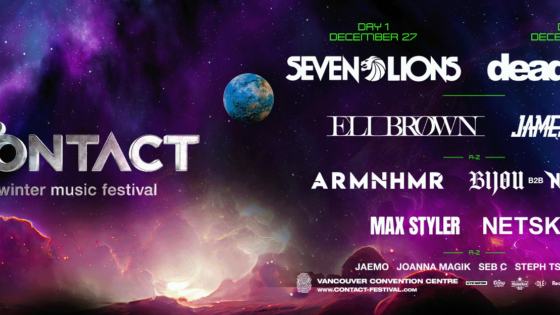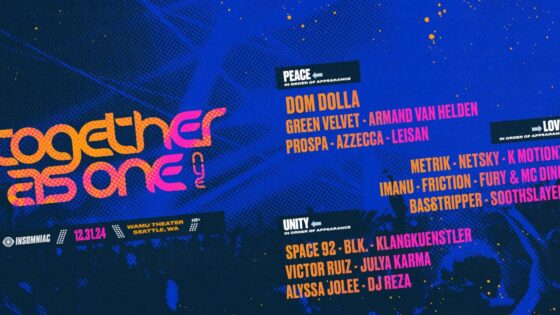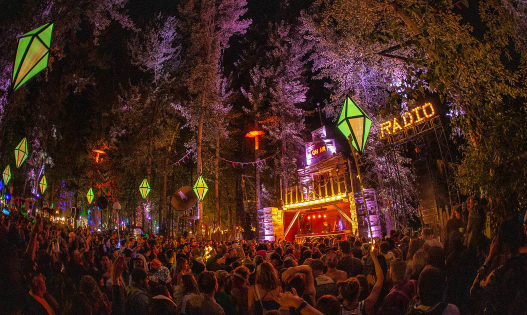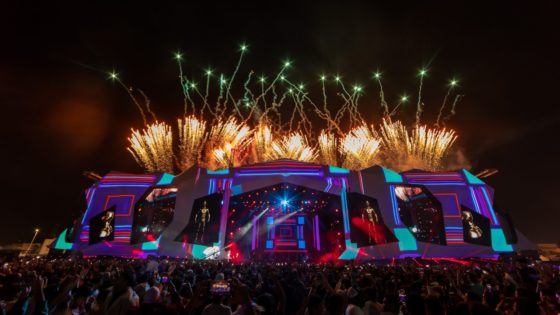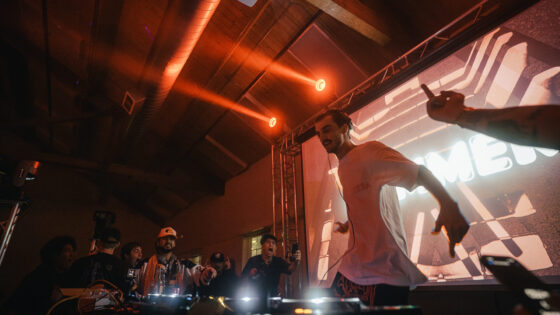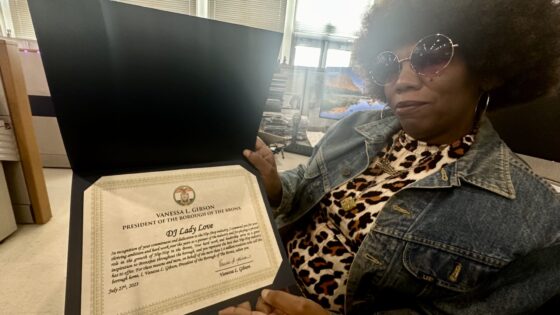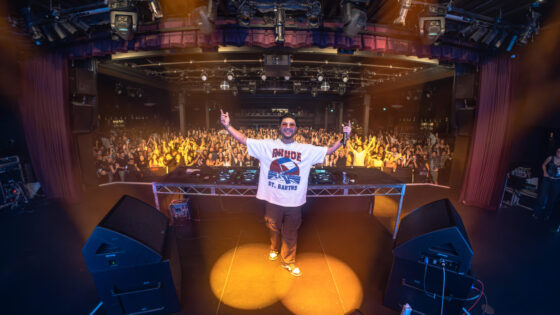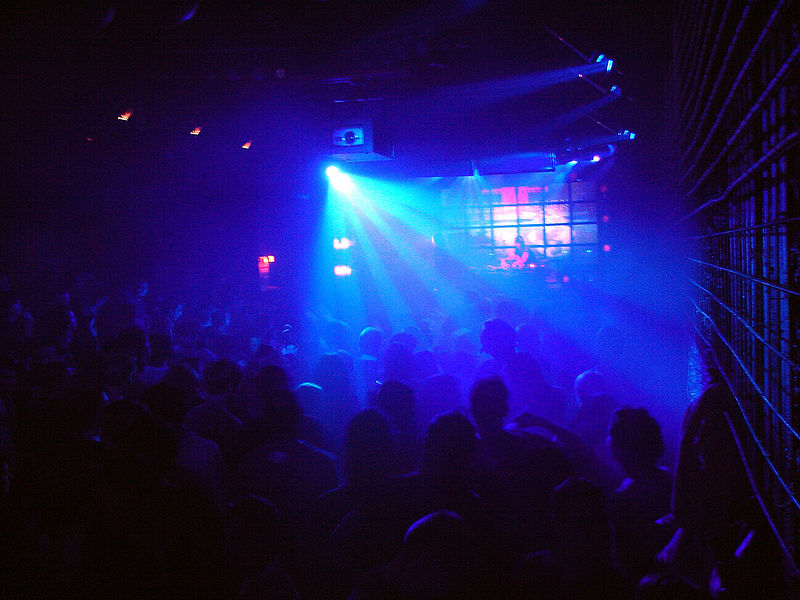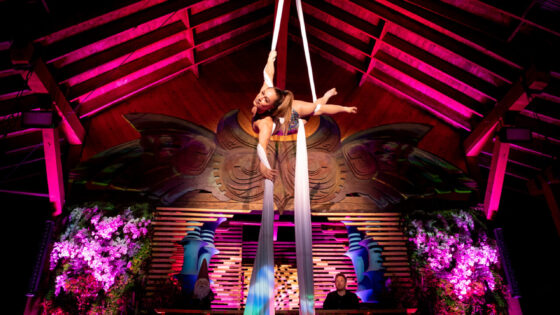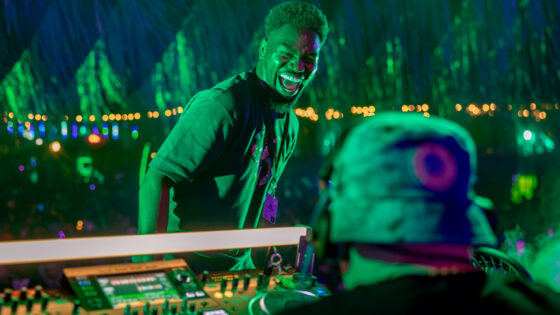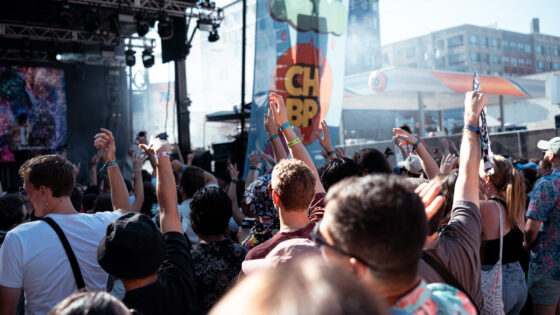Can — and should — politics and dance music mix? And if they do, how much impact does one have upon the other? The two have been mixing for years and it’s important to reflect on their impact on one another.
According to a new article by DJ Mag’s Harold Heath, the two are intrinsically linked and integral parts of each other.
“Politics has always been a part of dance music…We couldn’t keep politics out of dance music even if we wanted to” Heath writes, proceeding to use the UK example of the early Acid House raves. “When Acid House first broke in the UK, the Conservative government was determined to contain and control it and the UK free party scene too.”
Eventually, this lead to the Criminal Justice and Public Order Act 1994, which contained language specifically targeting the underground rave scene.
On the micro-political level, there’s always the considerations for who’s actually throwing parties. The local history of old alliances and squabbles is inherent to the specialized culture that each community brings to its scene. Just consider the differences in Northwest rave culture compared to California and the East Coast.
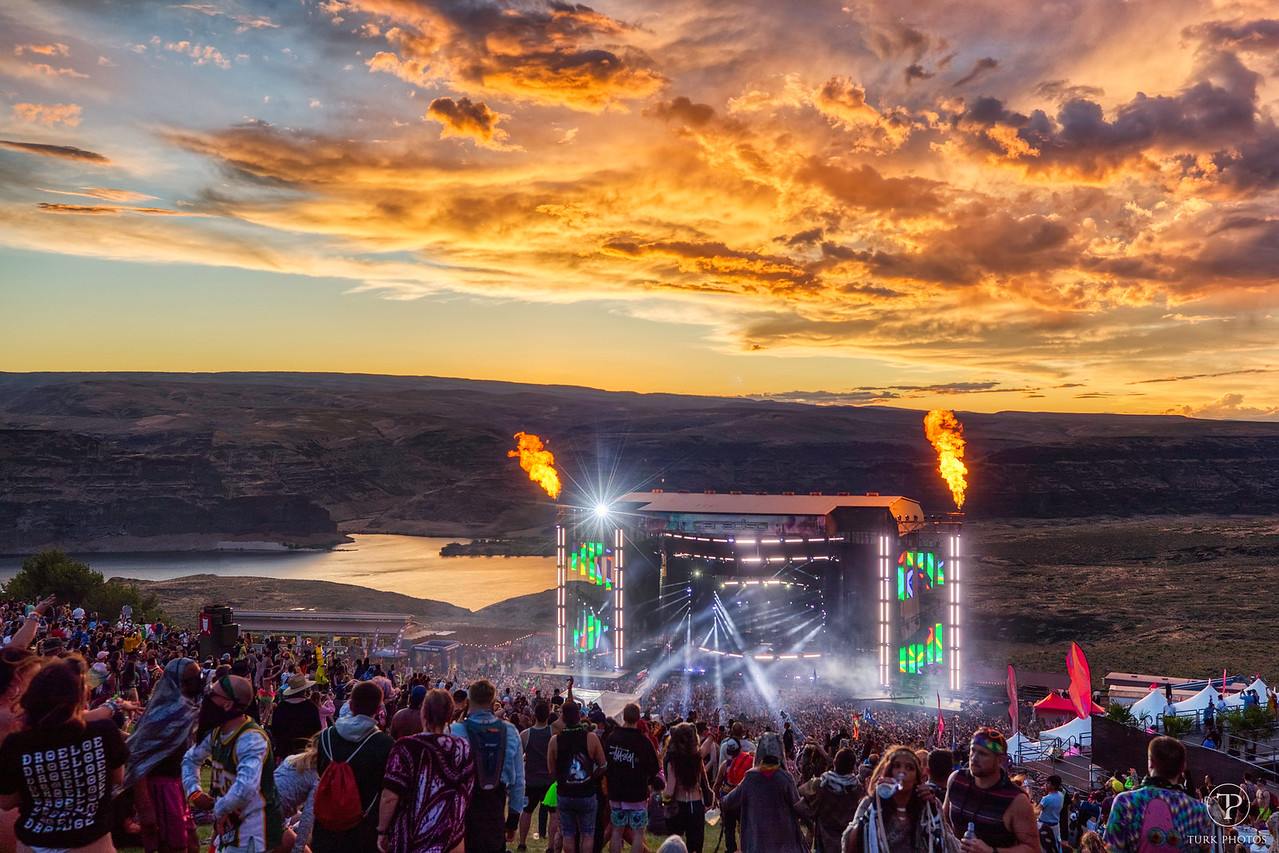
Turk Photos
On a wider scale, there are the interactions between the scene, the local authorities, and the outside community. That includes licensing and permits for events from the municipal government, and communications with local law enforcement and medical staff. Rave culture can also lift a community through charitable donations from parties. But it can also be a nuisance to that same community through noise complaints from neighbors, and at times, a health hazard in hot weather.
Finally, there are the widespread political, socio-cultural and legal changes made to, and because of, electronic dance music. As Heath points out, excellent examples of this are the UK’s aforementioned 1994 Act and the Stateside “ethos of inclusivity” that disco and early house music fostered, which proved to give rise to much LGBTQ+ activism and support for other marginalized communities.
For a stateside legislative equivalent of the UK’s 1994 Act, consider the 2003 RAVE act. Although the initial bill did not pass Congress, the Illicit Drug Anti-Proliferation Act did, effectively landing harm reduction services at events in a legal minefield, and making it much more difficult for event promoters and organizers to provide them.

Photo: Britney Gill Photography
Another consideration is the thought that the rave scene is (or should be) a sanctuary, free from the trappings and troubles of the outside world and everyday life.
This is a sentiment echoed by the likes of artists such as Dada Life and the idea that a rave constitutes a “temporal space” or a “Temporary Autonomous Zone.” The concept of a T.A.Z. is a fascinating one. Coined in 1990 by poet Hakim Bey, the nature of the T.A.Z. is to “create spaces of freedom in the immediate present while avoiding direct confrontation with the state” and is not wholly political but rather a philosophical, near-spiritual endeavor.
However one wants to approach the matter, whether treating rave music and culture as a wholly political act, a spiritual one or somewhere in between, it provides plenty of food for thought and much consideration for the individual and the scene as a whole.
How has dance music and politics intersected in your experience, or how has it not? Let us know on Facebook and Twitter!
Important things happen in Pacific Northwest nightlife, and DMNW will send you alerts!





